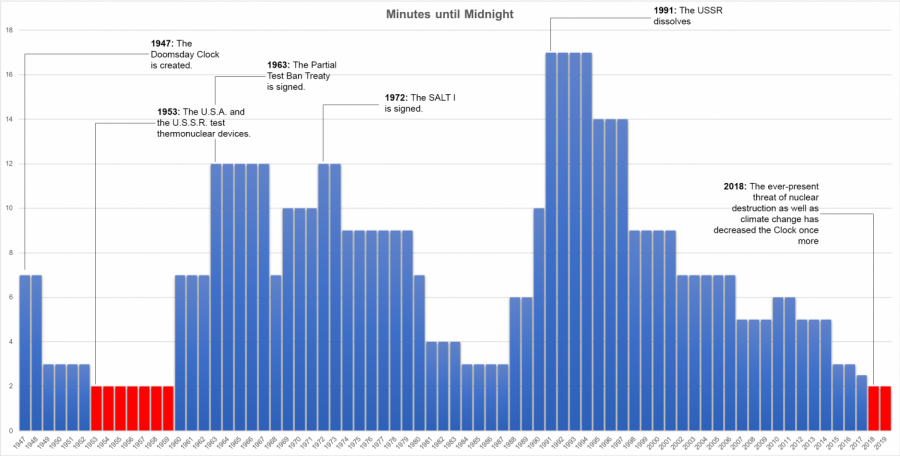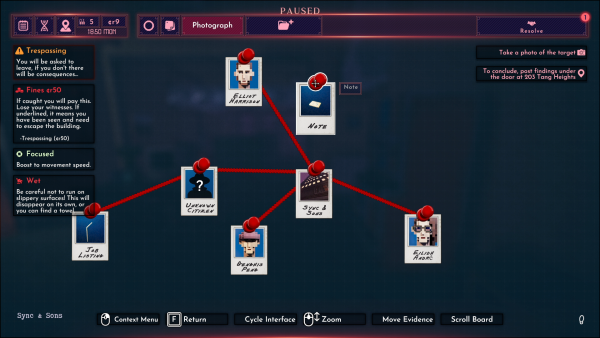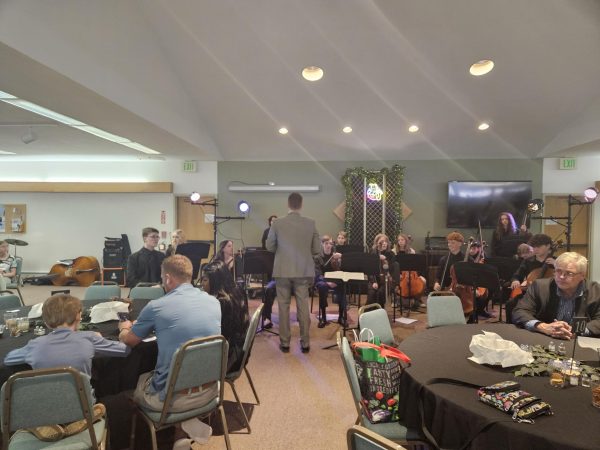Two Minutes to Midnight
And why the population is at the edge of their seats
The points of the doomsday clock since its introduction in 1947.
The Doomsday Clock is at the closest point to midnight since 1953 and it hasn’t moved from its spot since 2018. Since its creation, the Bulletin of the Atomic Scientists have adjusted and readjusted the hands of the Clock overall closer and closer to Midnight.
Doomsday Clock? Bulletin? Midnight? What do all of these mean?
The Bulletin of the Atomic Scientists (or BoAS) was founded in 1945 with its founding members trying and failing to ‘remain aloof to the consequences of their work’ in the Manhattan Project. In 1947, the Doomsday Clock was built. It’s a clock that tells the “time” until the nuclear destruction of the world (midnight). The clock was introduced to the public with seven minutes until midnight.
In 1953, however, the USSR began to test thermonuclear devices, something that the USA had only done a year before. The BoAS moved the minute hand from three minutes to two minutes, a record low. With the two superpowers now stockpiling nuclear weapons at lightning speeds, Europeans, Soviets, and Americans braced themselves for the onset of World War 3. The Doomsday Clock stayed at two minutes until midnight for seven years, until 1960, when it was moved back to seven minutes until midnight because of the new decade. New support groups were established, for example, the World Health Organization (WHO) and the United Nations International Children’s Emergency Fund (UNICEF) and the USA and USSR seem eager to avoid confrontation around the world for the first time.
But in 1984, the BoAS moved the clock’s hands to three minutes. The two superpowers were rebuilding their nuclear arsenal, “designed for war-fighting rather than war-deterrence.” The world once again braced themselves for WW3. But in 1991, the clock was moved all the way to 17 minutes to midnight due to the fall of the Berlin Wall and the collapse of the Soviet Union. It seemed that the world was finally at an era of peace. The Doomsday Clock was only “conceived” with a 15-minute time range. This was a new record high. It was also the farthest jump the Doomsday Clock had ever taken from 10 minutes in 1990, to 17 minutes in 1991.
After 1991, the Doomsday Clock has steadily decreased in time, from 17 minutes in 1991, to nine in 1998, to six in 2010, and finally to two minutes in 2018. Instead of exclusively nuclear world destruction, however, the BoAS is suggesting that the world will end through climate change as well as nuclear stress. The Doomsday Clock doesn’t seem to be moving any time soon, so the world will just have to hold its breath until the next statement by the Bulletin of Atomic Scientists about the Doomsday Clock.














